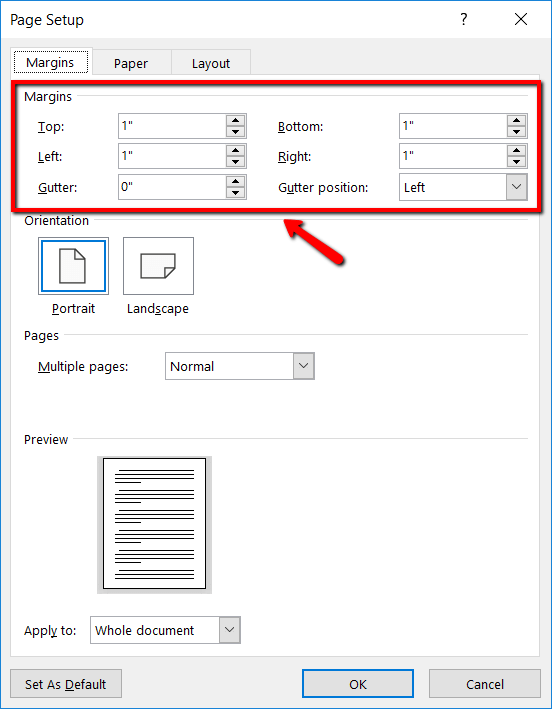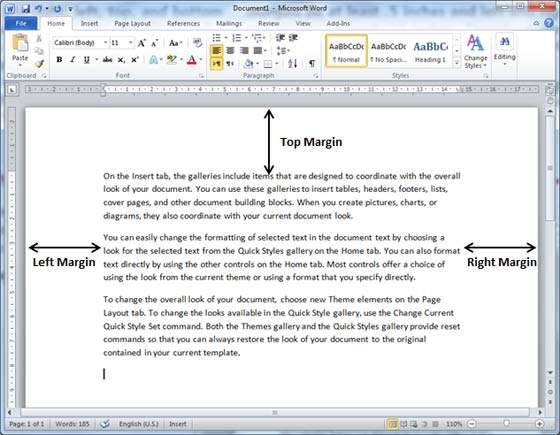

Tabs: Tabs are used to control the placement of text on a page.The exception to this would be if AutoCorrect is turned on and the item in question appears in the AutoCorrect listing. Either way, you typically will be given options as to whether or not to accept the changes suggested by the utility. Depending on the application being used, these utilities may run automatically and alert you to errors as you type (such as in Microsoft Word) or require you to run the utility manually. Spelling / Grammar Checker: Most word processing programs include a utility that checks for proper spelling and grammar.Items are usually selected (or highlighted) using the mouse by clicking in the starting position (and holding down the mouse button) and dragging to the end of the area that you want to select. When an item is selected (or highlighted) the next action (whether it be formatting, deleting, copying, or cutting) will typically only affect that item. Selecting / Highlighting: Selecting (or Highlighting) an object or area of text is typically the first step to making a change to that item.Scroll Bars: Since many documents are too long to fit legibly on a single computer screen, vertical and horizontal scroll bars are included to allow you to move through the document and change the area of the document that is currently being viewed on the screen.
:max_bytes(150000):strip_icc()/how-to-change-margins-in-word-3-5b606a82c9e77c007baf8e06.jpg)
Print Preview: Print Preview is a word processing feature that will show you what your document will look like on a piece of paper if it were to be printed.Landscape (where the horizontal edge is larger than the vertical edge) is the other option. Portrait orientation is the most common orientation in word processing. Portrait: If the page layout indicates Portrait page orientation, the vertical edge of the paper is larger than the horizontal edge.The process of pasting takes the item on the keyboard and places it in current location of the insertion point. Pasting: After text or another item is cut or copied it is placed on the clipboard.Unlike line spacing, paragraph spacing does not affect the amount of space between lines of text, but instead, between one paragraph and the next. Paragraph Spacing: Paragraph spacing refers to the amount of white space that is left between paragraphs when the enter key is hit.Microsoft Word has a view that will show you where each paragraph in a document begins or ends. A paragraph can be made up of several lines of text, a single item, or nothing at all. Paragraph: In a word processing document, a new paragraph is created each time the enter key on the keyboard is pressed.The item can then be pasted elsewhere in the document (or even in another document) as long as it remains on the clipboard. Cutting takes an existing item in a document, removes it from its current location and stores it on the clipboard.


Quite often, the clipboard is cleared when another item is cut or copied or if the application is closed. The manner in which the clipboard is cleared depends on the application being used. Items will stay on the clipboard until they are deleted or erased. When an item such as text is placed on the clipboard, it can then be pasted elsewhere in the document. Clipboard: The clipboard is a temporary holding area the computer uses for any item that has been copied or cut.


 0 kommentar(er)
0 kommentar(er)
